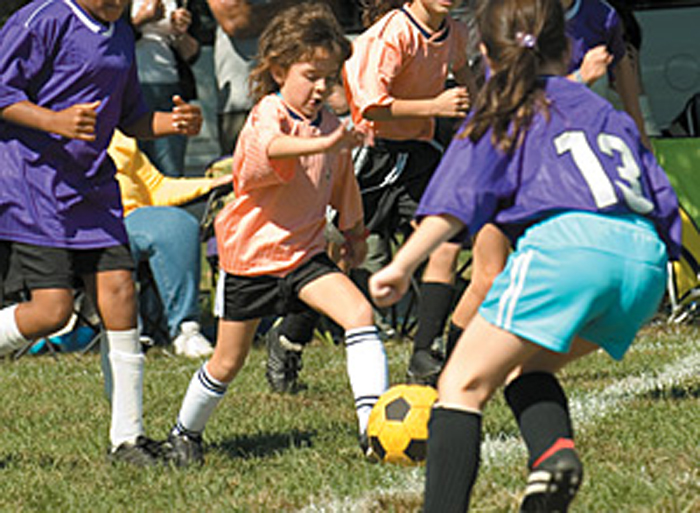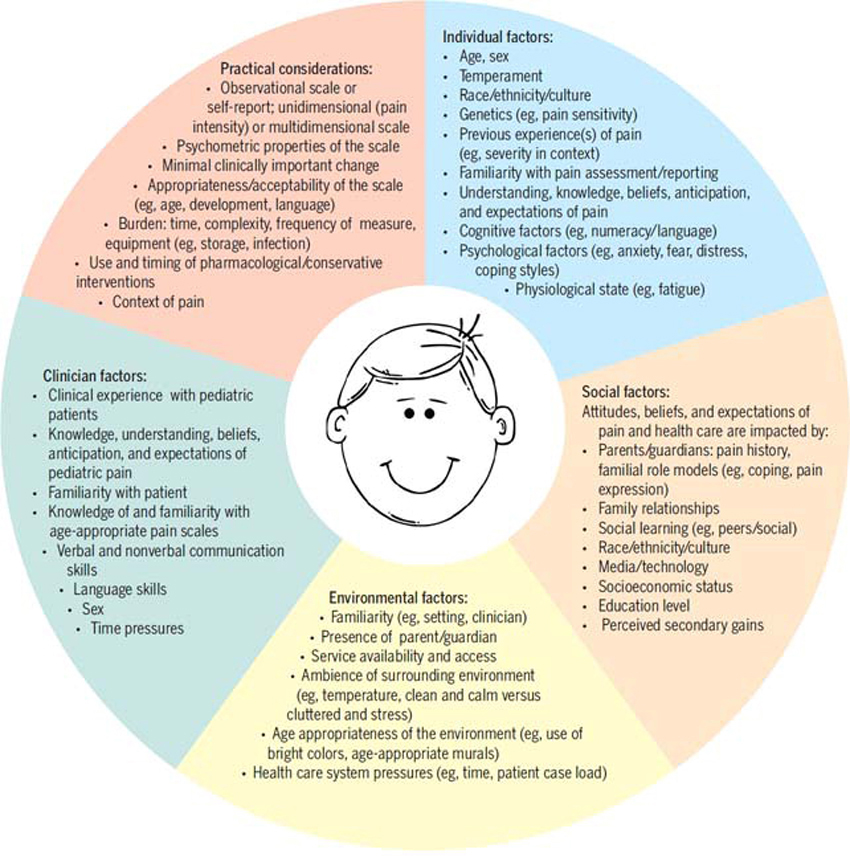Musculoskeletal Development and Sports Injuries in Pediatric Patients
SOURCE: Dynamic Chiropractic
By Deborah Pate, DC, DACBR
Physical activity is extremely important for everyone, but especially for children. A well-designed exercise program enhances the physical and intellectual development of a child. Competitive sports are often a child’s first introduction to programmed exercise.
In the past decade, there has been an increase in the number of children participating in team and solo sports. Younger children are allowed to participate in sports for enjoyment, health and personal development. However, this changes as competitive elements become more dominant and young athletes train harder and longer, and may practice a sport throughout the whole year. Consequently, sports-related injuries in children have significantly increased.
To understand pediatric injuries that can occur during sports performance, it’s important to be aware of the peculiarities of the growing musculoskeletal system. Children’s tendons and ligaments are relatively stronger than the epiphyseal plate; therefore, with severe trauma the epiphyseal plate will give way before the ligament. However, children’s bones and muscles are more elastic and heal faster. At the peak period of adolescent linear growth, the musculoskeletal system is most vulnerable because of imbalances in strength and flexibility and changes in the biomechanical properties of bone.
Physiological loading is beneficial for bones, but excessive strains may produce serious injuries to joints. Low-intensity training can stimulate bone growth, but high-intensity training can inhibit it. Growth plate disturbances resulting from sports injuries can result in limb-length discrepancy, angular deformity or altered joint mechanics, possibly causing permanent disabilities. Sports involving contact and jumping have the highest injury levels.
Pediatric Musculoskeletal Growth
 |
Chiropractors have been uniquely trained to understand the musculoskeletal system, making them excellent resources for the management of sports-injuries. We need only to make certain we are aware of the peculiarities of the pediatric musculoskeletal system when pursuing appropriate evaluation and case management.
Widening occurs on the surface, appositional bone growth; longitudinal growth occurs at the ends of the bone at the epiphyseal plate. The cartilage matrix grows by interstitial expansion, once growth has occurred the cartilage matrix degenerates and is replaced by new bone in the metaphysis. In the metaphysis, the new bone is weaker with a thinner cortex. Remodeling occurs until a rigid stress-resistant structure is produced in the central portion, the diaphysis.
Growing bone has inherent areas of weakness due to these processes. Because the epiphyseal plate allows for extension, it has less resistance to both sheering and tensile forces than the adjacent bone. The thin cortices of the metaphysis also have less resistance to compressive forces than the adjacent thicker cortices of the diaphysis.
Primary Patterns of Injury
The patterns of injuries to growing bone are different than mature bone because of their unique biomechanical characteristics. Two main types of injuries occur, one caused by acute, violent forces applied one time; the other caused by chronic, recurring stress applied over a prolonged period of time. Acute violent injuries can be classified as follows: plastic deformation, torus fractures, green-stick fractures, epiphyseal plate injuries ( Salter-Harris classification), and apophyseal avulsions. Chronic recurring stresses include the overuse syndromes, stress fractures and apophyseal injuries involving the patella (Sinding-Larson), tibial tubercle (Osgood-Schlatter’s) and the Achilles, as in Seiver’s; all with a similar mechanism.
Pediatric Musculoskeletal Growth
Red Flags for Participation in Contact Sports
Read the rest of the FULL TEXT:
NOW






Leave A Comment